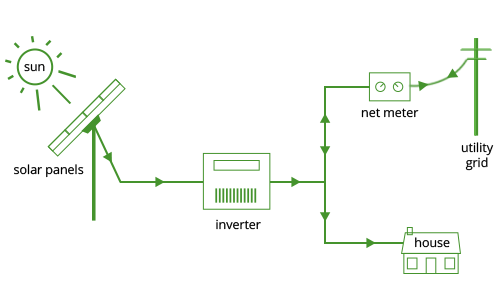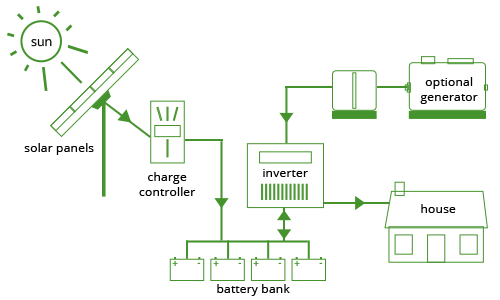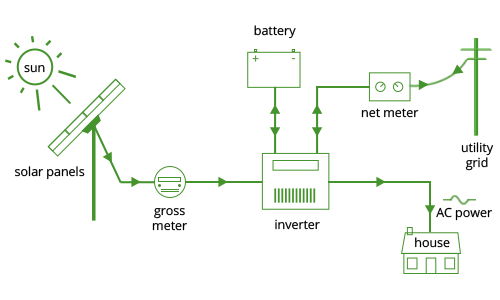Our Solutions
On the flip side, in the event that the solar panels are unable to produce enough power for the users (due to cloudy and stormy days, night time), the users get their electric supply from the grid.
To ensure that the users do not suffer any inconvenience when the solar panels are unable to produce power and the batteries are discharged, there is an electric generator that can be added, as part of the overall system.
This generator would serve as the power source during periods of short or irregular power production and or excessive demand on the power produced.
This system is highly sophisticated and gives it users reliable, cost effective and environment friendly electricity at all times.
In the world today energy prices are going north and creating imbalances in the lives of the masses. The great part about solar power is that it gives you a number of choices and provides you with the edge in dealing with the energy and its cost problems.
 599, Udyog Vihar Phase V, Sector-19, Gurugram, Haryana – 122008
599, Udyog Vihar Phase V, Sector-19, Gurugram, Haryana – 122008  info@startsolar.co.in
info@startsolar.co.in



